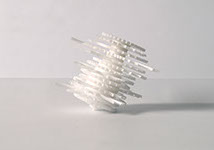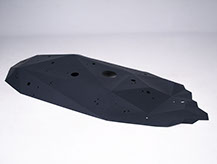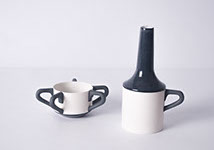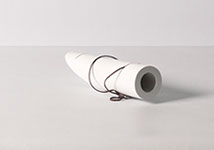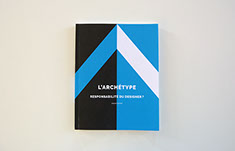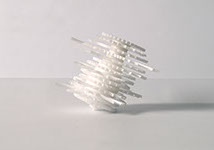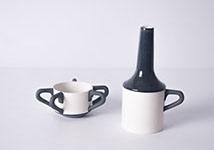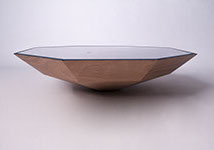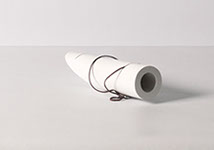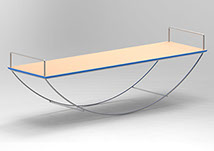Louise GARNIER
About
About
Contact
L’ARCHÉTYPE, RESPONSABILITÉ DU DESIGNER - 2014
Ce mémoire étudie l’archétype, cette notion complexe qui est au cœur de la réflexion sur le design et qui implique la responsabilité du designer.
La notion d’archétype est définie en dialogue avec le neutre. L’archétype devient une notion impalpable, qui ne peut être dessinée, réalisée. Cette notion, définissant une image mentale, peut cependant imposer des limites. L’archétype peut être un blocage, une norme contraignante. La solution est de le modifier de l’intérieur. Il s’agit de créer un nouveau sens, un sens qui fuit le sens normé, qui pose des questions, qui guide vers la liberté.
L’archétype est constitué de deux entités, une essence sous forme d’un questionnement sur la nécessité, et une actualisation liée à l’évolution de la société, à la création d’objets et à leur transmission. C’est dans une forme de vitalisme que les projets et l’archétype se forment, en lien à une actualité.
Apparaît ici le positionnement du designer. Il doit choisir s’il veut ou non se référer à l’archétype. Il lui sera difficile d’être responsable de la modification de l’archétype. En effet, cette notion inclut la présence de l’environnement, de la société, et de la personne. Cette responsabilité devrait se traduire par un engagement moral, pour tous. Elle se différencie d’un engagement éthique, axé sur un avis personnel. Dans ce cadre, le travail du designer est de préparer la modification de l’archétype en en ayant une connaissance approfondie.
Utiliser au mieux l’archétype vis-à-vis de la société, rendre visible un point de vue particulier et le situer justement, c’est sa responsabilité.
This report studies the archetype, this complex notion, at the heart of the reflection on the design and which involves designer's responsibility.
The archetype notion is defined by a dialogue with le neutre. The archetype becomes an impalpable notion, which cannot be drawn, realized. However, this notion, defining a mental image, can impose limits. The archetype can be a blocking, a binding norm. The solution is to modify it from inside. It's about the creation of a new meaning, a meaning which avoids(flees) the standardized meaning, which raises questions that guide up to freedom.
The archetype is constituted by two entities, an essence form as a questioning about necessity, and an updating related to the evolution of the society, to objects creation and to their transmission. It's with a form of vitalism that the projects and the archetype are formed, linked to current events.
The positioning of the designer appears here. He has to choose if he wants or not to refer to the archetype. It is difficult for him to be responsible for the modification of the archetype. Indeed, this notion includes the presence of the environment, the society, and the person. This responsibility should be accompanied by a moral commitment, for all. It differs from an ethical commitment, focused on a personal opinion. Under this circumstance, the designer's work is to prepare the modification of the archetype by having of it a knowledge in depth. To make best use of the archetype for the society, to show a particular point of view and to place it exactly, it's his responsibility.
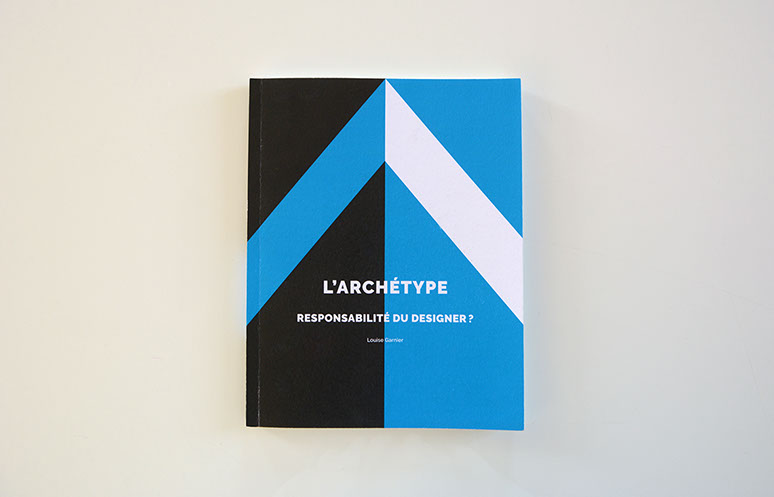
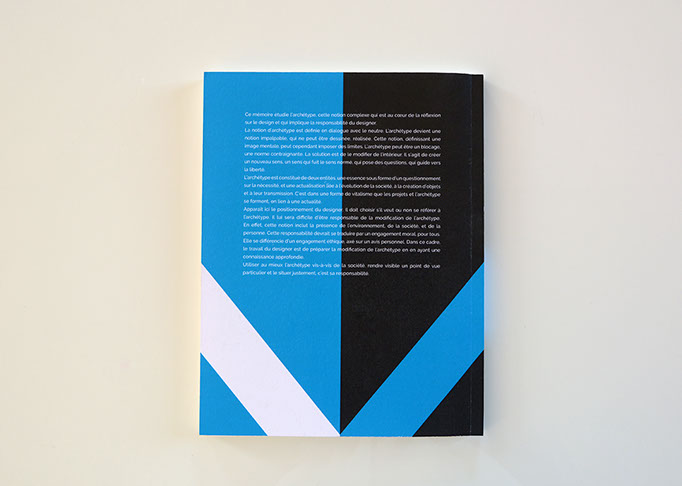
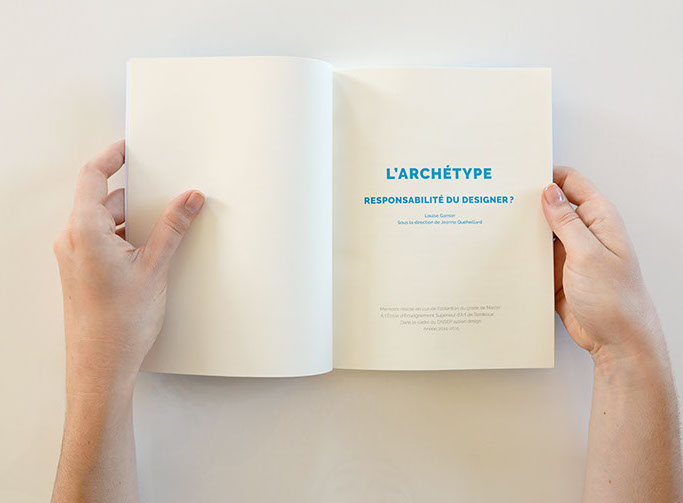
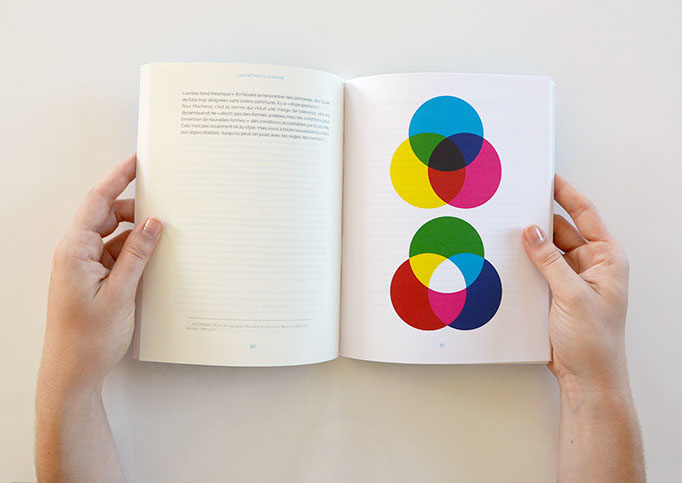
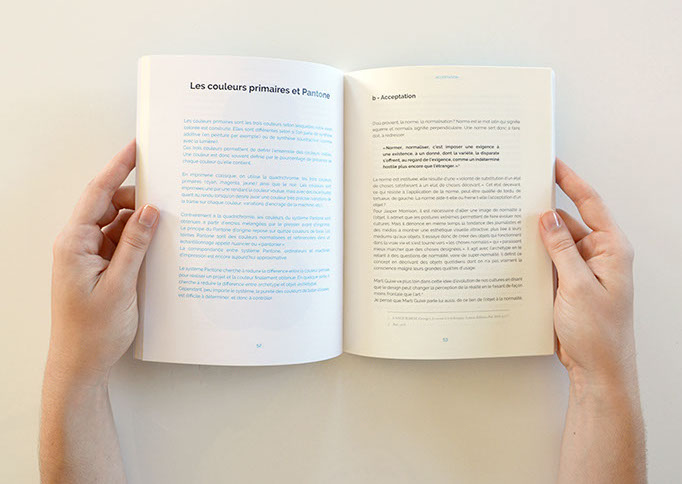
© 2015 by Louise Garnier. All rights reserved.

